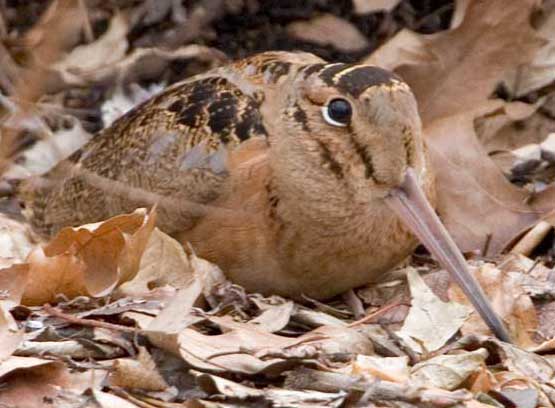![]()
Habitat Management at the AGRI Owen's Marsh Property in Maine
AGRI has adopted an ecosystems management approach to restoring and enhancing habitats on its Owen's Marsh property. Although roads are not a wildlife habitat, proper stabilization is necessary to prevent erosion into surrounding habitat areas.
Click on the red dots on the aerial photo to learn more
about the management activities taking place in each area.
Two approaches to wildlife habitat management
The first approach is species specific management. A good example of this management approach is a landowner who wants to promote whitetail deer habitat. The land management practices focus primarily on those specific to whitetail deer, such as food, cover, bedding areas, etc. This type of management works great for individual species and indirectly provides habitat for a variety of non-target species.
The second approach is more of a "broad brush" approach which manages each ecosystem to it's fullest potential, as AGRI is doing at Owen's Marsh. This form of habitat management strives to enhance overall species and habitat diversity on the landscape. Since all species have different cover type requirements, it is also important to promote a wide range of forest age classes throughout the landscape.
 Let's take a look at an example:
Let's take a look at an example:
The American Woodcock, a migratory gamebird, is a species that uses multiple ecosystems during it's breeding cycle. During the spring, Woodcock use open grassland areas for a mating courtship ritual, done at dusk. They nest on the ground in early successional forest cover types such as young birch and poplar trees. They feed in wet riparian areas with alder cover types by using their long beak to catch earthworms.
When managed correctl,y the three ecosystems that support Woodcock also provide habitat for Whitetail Deer, Turkey, songbirds, Ruffed Grouse, amphibians, and dozens of other species.
